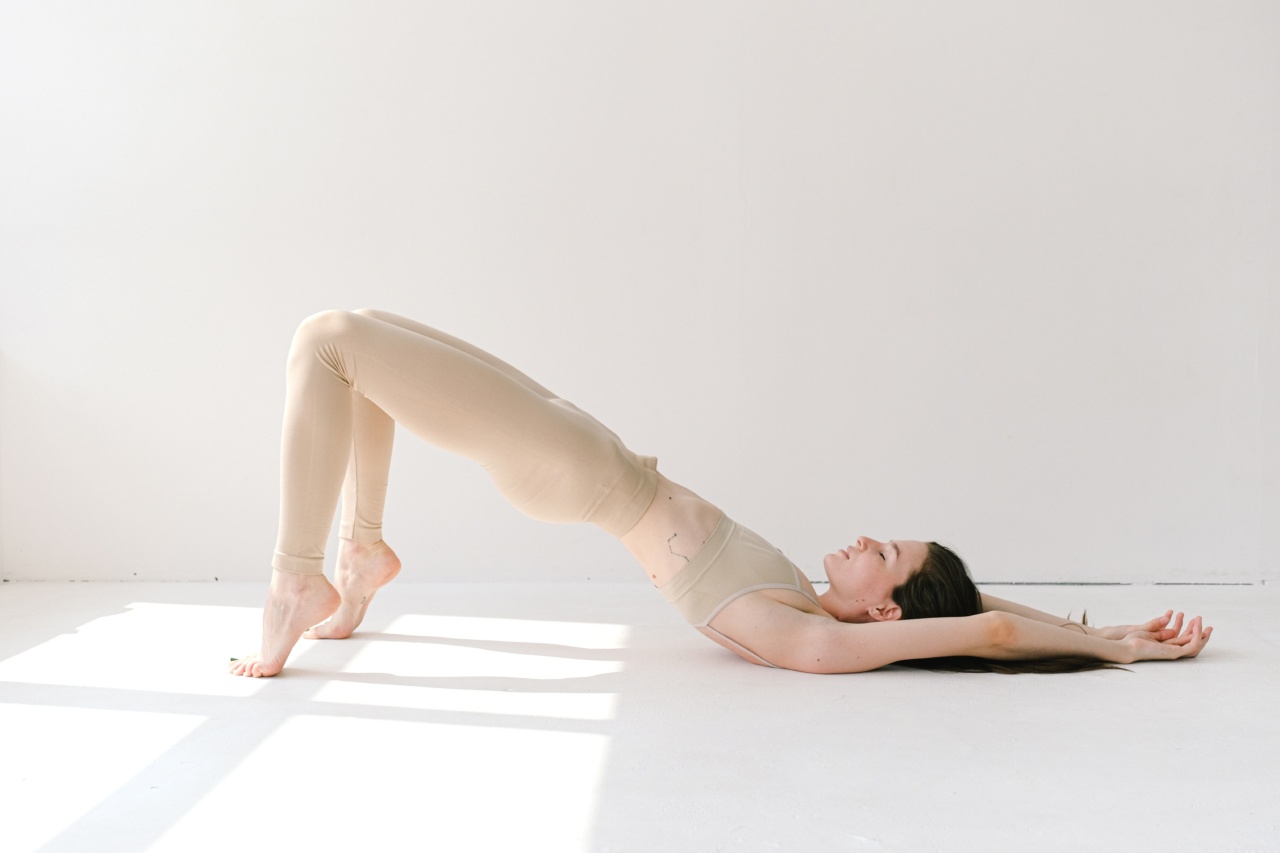Pilates is a popular exercise method that focuses on building core strength, flexibility, and overall body awareness.
Developed by Joseph Pilates in the early 20th century, this innovative form of exercise has gained immense popularity due to its effectiveness in improving posture, stability, and strength.
The Benefits of Pilates
There are numerous benefits to incorporating Pilates into your fitness routine. Whether you are a beginner or an experienced athlete, Pilates can offer significant advantages. Here are some of the key benefits of practicing Pilates:.
Improved Core Strength
One of the primary focuses of Pilates is developing core strength. The core muscles make up the deep muscles of the abdomen, back, and pelvic floor.
Strengthening these muscles can improve overall stability, reduce the risk of injury, and enhance functional movements in daily activities.
Enhanced Flexibility
Pilates includes stretches and exercises that work to increase flexibility in the muscles and joints. By regularly practicing Pilates, you can expect improved range of motion, increased muscle suppleness, and reduced muscle stiffness.
Better Posture
Many people suffer from poor posture due to sedentary lifestyles and muscle imbalances. Pilates is known for its ability to strengthen the muscles responsible for correct alignment, resulting in improved posture.
Regular Pilates practice can alleviate common postural issues such as rounded shoulders and excessive curvature of the spine.
Increased Body Awareness
Pilates emphasizes the mind-body connection, encouraging practitioners to develop a heightened sense of body awareness.
By learning to move with intention and control, individuals can become more attuned to their body’s needs and make adjustments to movement patterns to prevent injury.
Reduced Stress
Incorporating Pilates into your routine can have a positive impact on your mental well-being. The focused movements, deep breathing, and mindfulness involved in Pilates help reduce stress levels and promote relaxation.
Additionally, the release of endorphins during exercise can boost mood and reduce anxiety.
Choosing the Right Pilates Program
With the growing popularity of Pilates, there are now various programs and styles available to suit different needs and preferences. Here are some factors to consider when choosing a Pilates program:.
1. Level of Experience:
If you are new to Pilates, it is advisable to start with a beginner-level program. This will help you learn the fundamental movements and principles of Pilates while gradually building strength and flexibility.
Advanced practitioners may opt for more challenging programs that involve complex movements and equipment.
2. Goals:
Identify your specific goals for practicing Pilates.
Whether you are aiming to improve core strength, alleviate back pain, or enhance athletic performance, selecting a program that aligns with your objectives will ensure you achieve the desired results.
3. Equipment:
Pilates can be practiced with or without specialized equipment. Some programs incorporate equipment like reformers, Cadillac machines, or stability balls, while others solely rely on bodyweight exercises.
Consider whether you have access to equipment or prefer equipment-free workouts when selecting a Pilates program.
4. Instructor Qualifications:
When participating in group classes or online programs, it is crucial to ensure that the instructors are certified and knowledgeable in Pilates.
Look for instructors who have completed reputable Pilates instructor training programs and have relevant experience.
Popular Pilates Programs
There are several popular Pilates programs available that cater to different preferences and goals. Here are a few:.
1. Classical Pilates:
Classical Pilates follows the original teachings of Joseph Pilates, using a specific set of exercises and equipment. This program focuses on building core strength, flexibility, and total body control.
2. Stott Pilates:
Stott Pilates is known for its emphasis on optimal alignment and core stability. It incorporates modern principles of exercise science, making it suitable for individuals with various fitness levels and specific rehabilitation needs.
3. Winsor Pilates:
Developed by Mari Winsor, Winsor Pilates puts a greater emphasis on targeting the abdominal muscles. This program is popular for its ability to sculpt and tone the core while improving overall body strength and flexibility.
4. Clinical Pilates:
Clinical Pilates is specifically designed for individuals with injuries or specific rehabilitation needs.
Under the guidance of a qualified physiotherapist or Pilates instructor, this program focuses on improving mobility, stability, and overall functional movement.
5. Pilates Reformer:
The Pilates Reformer is a piece of equipment that uses a sliding carriage and various springs to create resistance.
Reformer classes offer a dynamic and versatile Pilates workout that targets the entire body and challenges both strength and flexibility.
Conclusion
Pilates is a versatile and effective exercise method that offers numerous benefits for people of all fitness levels.
By choosing the right Pilates program that aligns with your goals and preferences, you can embark on a journey of improved core strength, flexibility, and overall body awareness. Whether you opt for classical Pilates, Stott Pilates, Winsor Pilates, clinical Pilates, or Pilates reformer classes, the key is to stay consistent and enjoy the transformative effects of this incredible exercise practice.






























